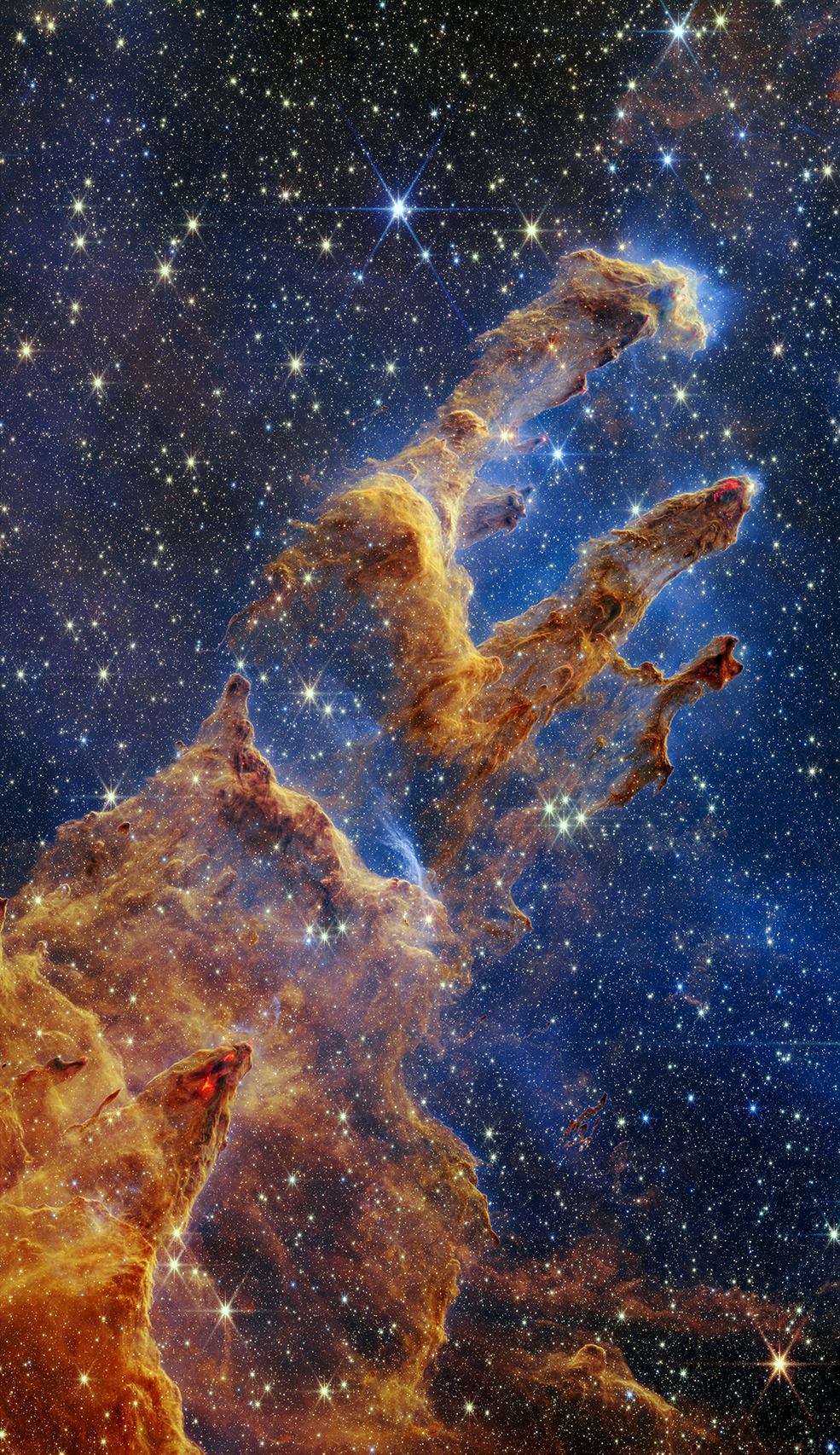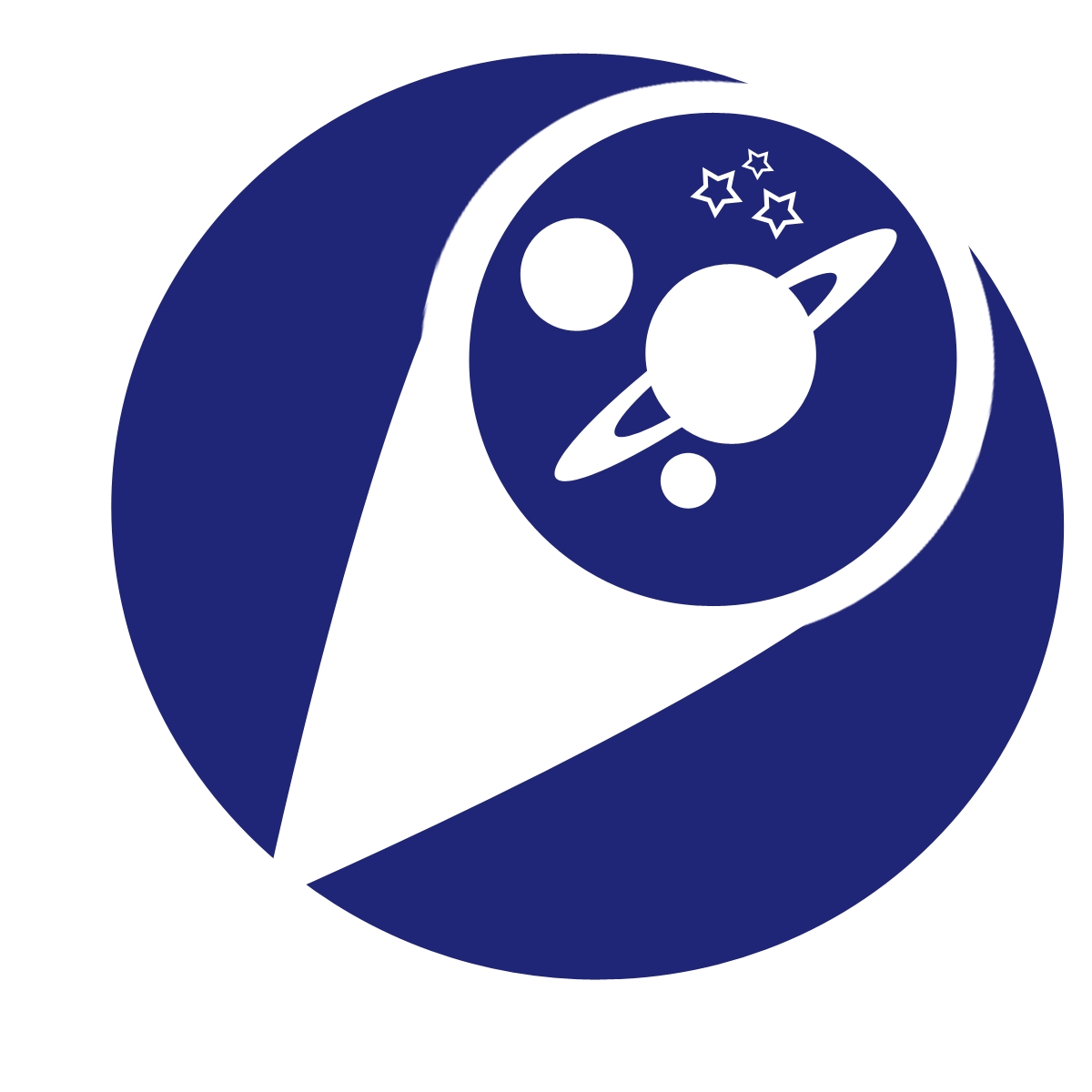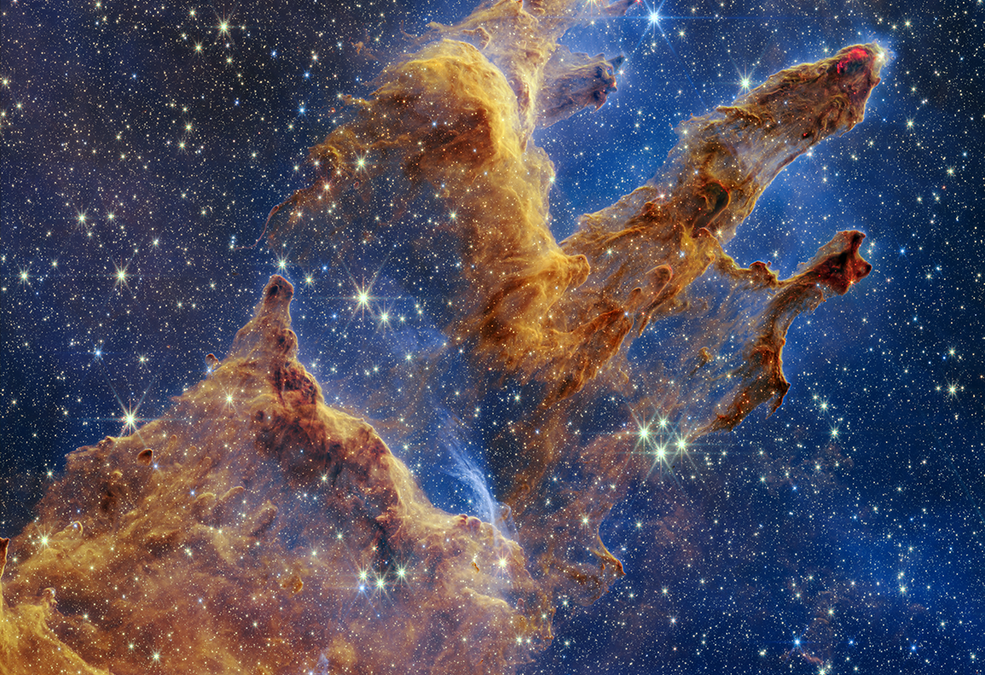The Pillars of Creation, as you may know, is the first widely distributed picture from the Hubble Space Telescope. At the end of the 90’s, I swear, every computer in my department at work used the Pillars of Creation image as its screen saver.
In October, 2022, NASA’s James Webb Space Telescope (JWST) outdid its predecessor, the Hubble Space Telescope, by retaking the iconic Pillars of Creation shot from about 25 years ago.
This highlights the difference between observations in the visible part of the Electromagnetic spectrum (Hubble) and observations from the infrared part (JWST). It also demonstrates the enormous increase in resolving power achieved by JWST’s much larger mirror.
I did a presentation for a physics class in early 2004 on what was then named the Next Generation Space Telescope (JWST) and it was, then, slated to launch by the end of that decade. I was angry when I read, in 2011, that the launch date had been slipped SEVEN YEARS, and disheartened when it delayed more until finally launching late last year. All I’m going to say now is the axiom, “Anything worth having is worth waiting for.” This is WOW on steroids.
With so many of us working from home now, I have no doubt I will not see the widespread adoption of this Pillars of Creation image as I did its predecessor so many years ago. Nonetheless, it is fantastic to be able to have this new image, and to be able to do a side by side comparison of the two Pillars of Creation images, taken in different parts of the electromagnetic spectrum.

Pillars of Creation as taken by James Webb Space Telescope October, 2022, in infrared
https://astronomy.com/news/2022/10/james-webb-captures-stellar-portrait-of-pillars-of-creation


